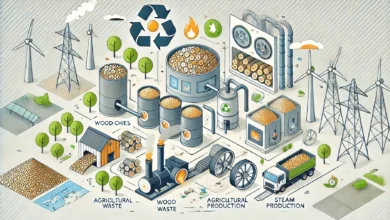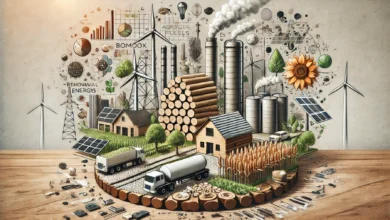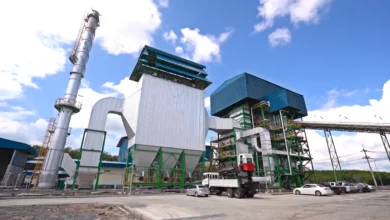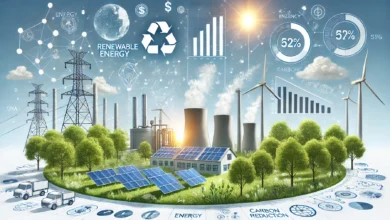What is Biomass Energy? Definition and How It Works
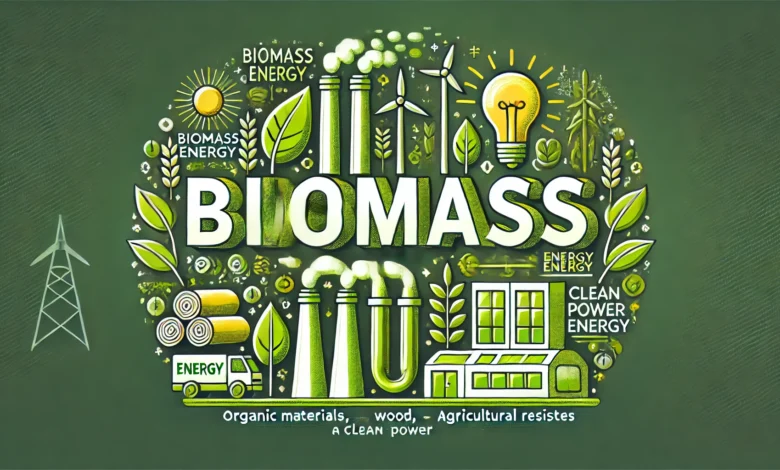
With cleaner, more sustainable energy sources in the spotlight, biomass energy is refreshing itself. You may be wondering, what is biomass energy and how does biomass energy work? This guide will cover everything you need to know about biomass energy – including a definition and how it can be used.
Contents
What is Biomass Energy?
Biomass energy is renewable energy from organic materials (e.g. plants, plant residues, wood, and animal waste). These materials hold energy from the sun as a result of photosynthesis, and when they are burned or converted, that energy returns as heat or fuel.
Biomass can be used directly for heating or electricity generation, or loaded into a processing system for biofuels like biodiesel and ethanol.
How Does Biomass Energy Work?
The basic premise of biomass use for energy is that organic materials contain stored chemical energy obtained from the sun. When biomass is burned, decayed or otherwise converted, energy is given off.
Biomass energy is commonly used in several different ways:
- Combustion: burning organic material to make heat and power.
- Gasification: heating biomass in low oxygen environments making a mixture of gases (syngas) that can be used as fuel.
- Anaerobic digestion: using bacteria to degrade organic material in an anoxic environment making biogas.
- Fermentation: using microorganisms to convert plant starches to ethanol to be used as biofuels.
Each of these techniques makes it possible to harness and utilize the stored solar energy in biomass.
Widely Used Types of Biomass Energy
A variety of organic materials can be used as biomass:
- Wood and wood waste: including sawdust, wood chips, or bark.
- Agricultural crops and residues: including corn stalks, sugarcane, or rice husks.
- Animal manure: especially when used as a source of energy within small-scale systems.
- Algae: with great potential as a future biomass source because of its rapid growth rate.
- Organic municipal waste: food waste and yard waste can be converted to energy rather than taking up capacity in landfills.
Uses of Biomass Energy
Biomass is very flexible and can be utilized in a variety of ways:
1. Electrical Generation
Biomass power plants burn biomass or organic materials to generate steam, which is used to run turbines to generate electricity.
This is typically used in conjunction with other renewables as base load power.
2. Heating Applications
In colder regions of the world, pellet stoves and biomass boilers are for heating residential homes or businesses.
3. Transportation Fuels
Biomass can be converted to biofuels such as ethanol and biodiesel and other forms of renewable transportation fuel which reduces reliance on fossil fuels.
4. Industrial Processes
Biomass energy can provide steam or process heat in factories and industrial sites.
Benefits of Biomass Energy
- Renewable: as long as we can replant plants or there is organic waste, biomass can be sustainable.
- Waste Reduction: We can create energy out of organic waste rather than placing it in the landfill.
- Carbon Neutrality Potential: Biomass has the potential to be nearly carbon neutral if properly managed because the carbon dioxide emissions associated with burning biomass are offset by the carbon absorbed during plant growth.
- Energy Security: Local biomass reduces a reliance on external fossil fuel imports.
Disadvantages of Biomass Energy
- Land Use: Large-scale development of biomass production may affect food crops or natural ecosystems if using land that is regularly managed.
- Emissions: Although biomass can be cleaner burning than coal, it can still release particulates and greenhouse gases.
- Costs: The cost of building many biomass systems may be greater than traditional energy systems.
- Resource Management: Unsustainable harvesting of biomass resources may have negative effects on biodiversity, and could result in deforestation.
Future Directions of Biomass Energy
- Second Generation Biofuels: The use of biomass feedstocks that are not food substances or wastes from food residues to produce less carbon-intensive fuels (i.e., algae or waste feedstock) is becoming common.
- Gasification: More energy efficient gasification systems that produce cleaner burning, higher-quality fuels are being developed.
- Combined Heat and Power (CHP): Combined heat and power systems that burn biomass to generate electricity and heat simultaneously are becoming more common.
The future of biomass energy may see it working alongside other renewable sources such as solar or wind to form hybrid energy systems that provide continuous, carbon-neutral power.
Frequently Asked Questions (FAQ)
What is biomass energy?
Biomass energy is renewable energy derived from organic materials (e.g., agricultural crops, wood, or wastes) that store solar energy.
How efficient is biomass energy?
Many modern biomass plants are capable of an efficiency rate close to 85% when using a combined heat and power (CHP) system.
Is biomass energy carbon neutral?
It can be, provided that the biomass feedstocks are replanted or replenished to offset the carbon emissions.
What are some disadvantages of using biomass?
Drawbacks include competing land use, emissions from burning, and high initial setup costs for biomass systems.
Can biomass energy replace fossil fuels?
Biomass energy can help replace fossil fuels, especially in heating, electricity generation, and transportation sectors.
